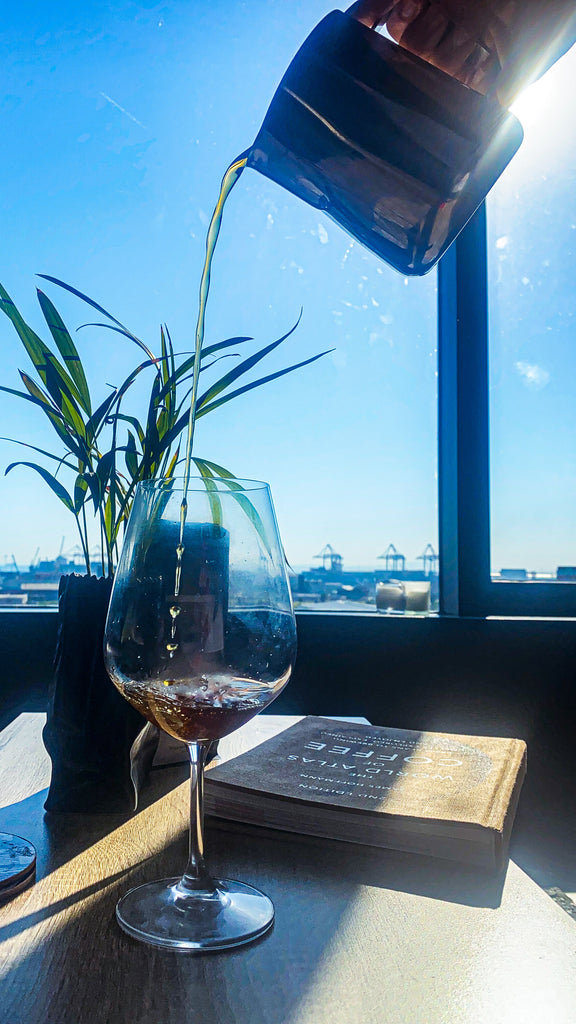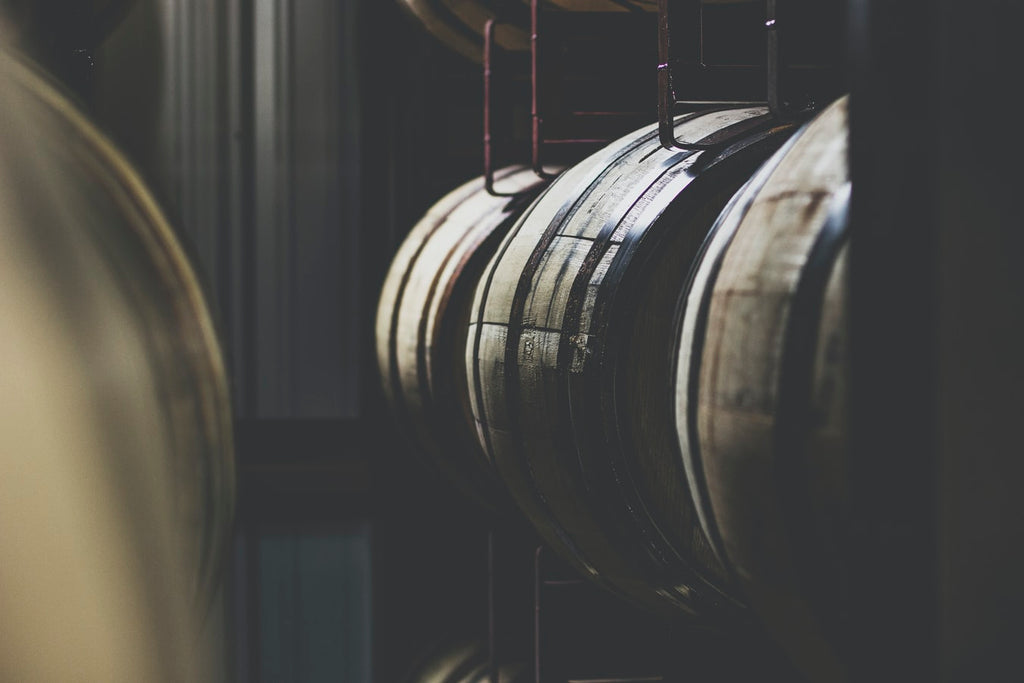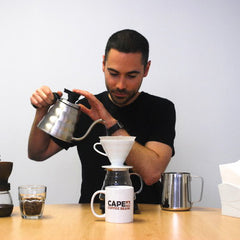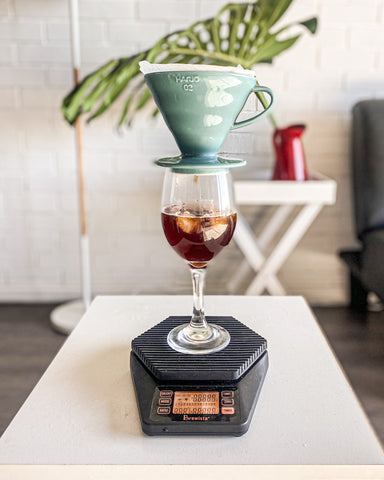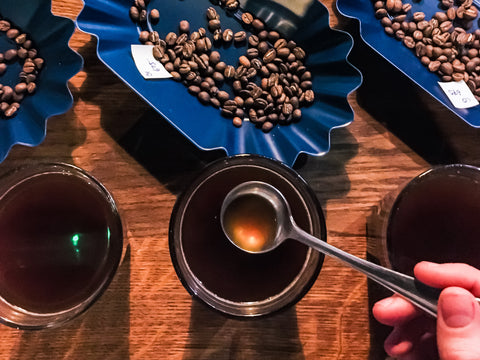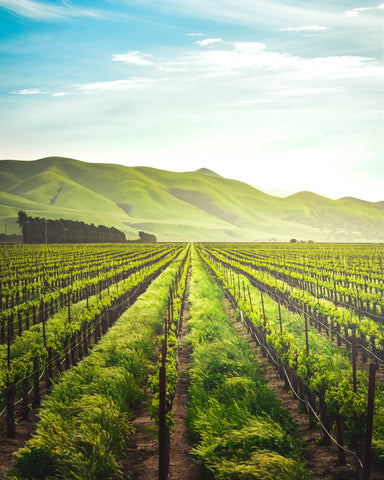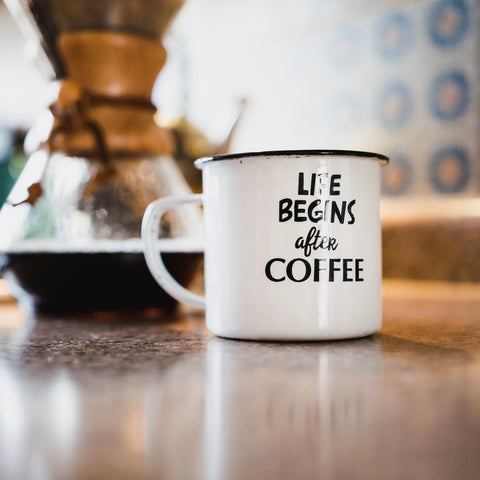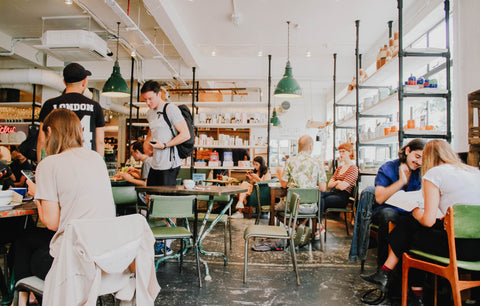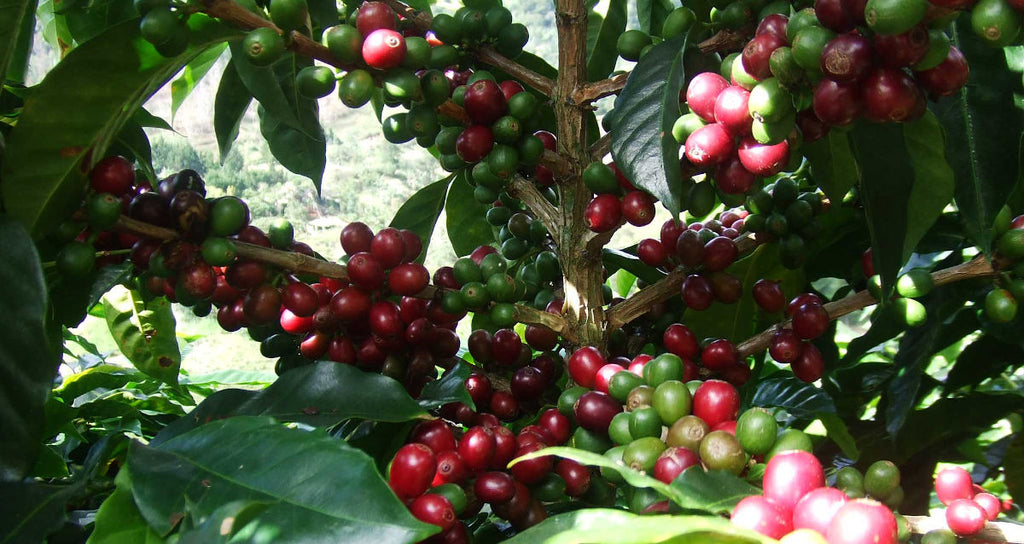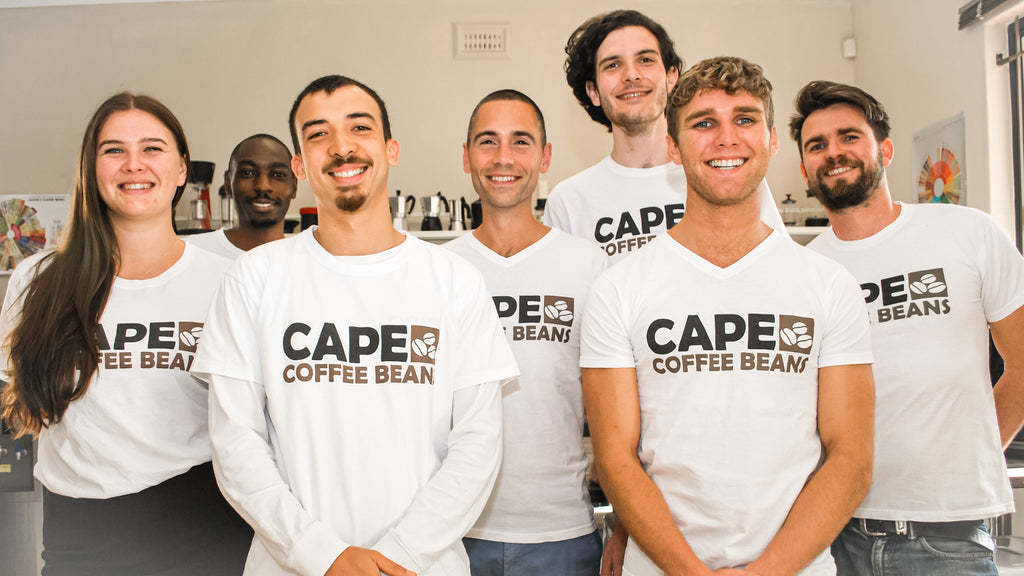Can You Afford To Make Specialty Coffee At Home?

Many people are under the impression that drinking specialty coffee at home is out of reach. With bags of specialty coffee ranging from R100-R200 (and upwards for the really exotic stuff), and the initial cost of the setup being quite substantial a lot of people struggle to justify the costs of brewing specialty coffee at home.
The Economics Of Home Brewing
We've looked at the numbers and we disagree; after doing the maths, it actually turns out to be significantly cheaper. In fact, compared to drinking coffee at your local cafe or drinking capsule coffee, you can pay off an entry level home brewing setup in as little as a few months with just the money you save. If you would like to punch your own numbers in and do some of your own calculations, you can access our spreadsheet with all of our formulae here. Feel free to enter the details into your own version of the spreadsheet and see what your numbers deliver!
Below we have a number of specific scenarios that we have looked at. To start off, let's just look at a few assumptions we have made on the costs of coffee. Most of this is based on averages, but if these numbers look way off from yours, try put yours into your own copy of the spreadsheet.

Basic Manual Brewing At Home vs Filter Coffee Out
What you need:
Given that this is the starting point, we looked at this scenario with a minimal, budget-friendly setup in mind. With the typical type of entry-level gear available, you can get a brewer, a grinder and a scale for just shy of R3000. Let's assume you would usually drink two cups of coffee a day, bought from a local cafe. The money spent on your home brew set-up will be made back in only three months!

Obviously we understand that it's not just about the money, you might have a great relationship with your local cafe, and we think that's a great thing. It's actually still worth it if you want to split the difference and have one coffee at the cafe and and brew one at home. We adjusted the number of cups to one and the figures below show that if you do this, you will have the setup paid off within 5 months.

Although we looked at milk in our calculations, it made a negligible difference. The figures above were calculated using 18g of coffee per brew and drinking it black.
Batch Brew At Home vs Filter Coffee Out
What you need:
- Batch brew coffee maker
- Coffee grinder (you're probably going to want to go electric for this one)
- Scale
This option makes particular sense if there are a lot of people that need coffee! If you are feeding a family of coffee fanatics, or maybe live in a house share of coffee nerds, this is definitely a good option for you. A batch brewer, grinder and scale will set you back about R8000. The table below is based on 2 cups a day and shows that this setup will pay for itself in as little as 6 months.

Given that this setup is a great option for lots of coffee, we also looked at a scenario for a couple. If we double the number of cups per day, you suddenly have a really great setup that has been paid for in 3 months.

Basic Espresso Setup vs Espresso Coffee Out
What You Need:
This is where we start to get to the big hitters and things start to get a little more interesting. The cost of milk in lattes and flat whites begin to make a big difference in the operating costs; they really do add up! Our assumptions here are based on a Rancilio Home Espresso Bundle which, at the time of writing this, will set you back in the region of R22000. We know it might seem like quite a chunk of change but based on 2 flat whites a day (using a standard 18g dose), this will be completely recouped in as little as 18 months. Given that this type of equipment can last many years if well cared for, this makes it a good investment!

High-End Espresso Setup vs Espresso Coffee Out
What You Need:
The ultra premium domestic espresso setup really is a labour of love. Even with the savings you will make brewing at home, it is a long journey to pay off. This sort of set-up is for the real espresso enthusiast who is willing to dedicate time and energy into making the best coffee possible. It's tricky to put numbers to this setup; what we would consider a "high-end" domestic espresso setup ranges from in the region of R30,000 all the way up to R250,000 for the BEST everything. For argument's sake, let's use a ~R60,000 setup. Based on 2 x 18g flat whites a day, this espresso machine will pay itself off in 43 months. It's hard work, but if you love espresso, it is definitely worth it!

The Capsule Argument
We also included capsule coffee in our calculations. There are a few points about capsule coffee that you should be aware of. On the surface, it seems that capsule coffee is quite affordable, and in some cases, even more affordable than manual brewing. The graph below shows the cost of capsules (based on the price of a popular brand), compared to the cost of brewing a cup at home, however this cost is an illusion.

Most capsules only contain about 5g-7g of ground coffee; this is quite a vast difference to the 17g-20g used to brew most filter or espresso-based drinks. The calculation above shows the cost difference based on a one-to-one ratio. It treats one 15g manual brew as the same thing as one 5g capsule. Of course, not all coffees are created equal. The reality is that one capsule does not contain the same amount of coffee (or caffeine for that matter) as one manual brew. In the table below, we have included a calculation which adjusts the capsule cost to the same quantity of coffee. In other words, 1 x 15g cup coffee = 3 x 5g capsules.

As you can see, when you take into account the difference in the amount of coffee and the fact that you will not be satisfied with a 1:1 comparison of cups of coffee to capsules of coffee, it quickly becomes apparent that capsules are quite astronomically expensive. We included the cost of the capsule machine in our break even point calculation.
The Major Players
This has proven an interesting experiment for us. It helped us to realise that things are not quite as black and white as we thought they were. For example, we were convinced that milk would be a big deal, it turns out that while it has an substantial impact in the cost of flat whites and lattes, we were surprised that a drop of milk in your filter coffee is pretty much negligible, but we're still going to encourage you to drink it black.
Another surprising factor was that the cost of your coffee makes very little difference in the bigger picture. Using R120 coffee vs using R150 coffee has a difference of 27 to 29 months to pay off a R60,000 setup and makes no discernible difference in the time taken to pay off smaller setups. Brewing your own coffee will actually allow you to purchase more expensive specialty coffees. Isn't that a fantastic thing to realise?!
Another factor that proved to be far more significant than we'd initially thought was the adjusted cost of capsule coffee. At the same cost as a coffee in a cafe, capsule coffee just is not worth the money! If you're happy drinking just 5g of coffee a time (and don't mind it stale), then capsules might be for you, but if you want a proper cup, you're going to need another solution.
At the end of the day, the biggest factor that impacts how long it would take to pay off your setup was the number of cups you drink per day. The more coffee you drink, the bigger the incentive to make at least some of your coffees at home (and the fancier the coffee gear that you can justify buying)!
Final Thoughts
With all the numbers in front of us, we think that specialty coffee in the comfort of your own home is accessible to most of us, at least those that regularly drink coffee out. We kept the setup costs to the bare minimum here, but if you have been bitten by the coffee bug, you can keep going and upgrade your setup to include fancy carafes, pouring kettles and multiple types of brew methods. It seems that the economics of home brewing can easily justify it.
With that being said, we don't want this to be all about the money. While there are obvious benefits to your wallet when it comes to home brewing, there are also other benefits that are a little more difficult to quantify. Home brewing offers you the opportunity to learn a new skill and explore coffee brewing with newfound fervour. It will allow you to try different coffees of different processing methods, origins and roasters more easily. It will also get you involved in the sometimes frustrating but often rewarding process of getting those wonderful flavours out of those little beans. Our hopes are that it will take your appreciation of this wonderful beverage to a whole new level.

